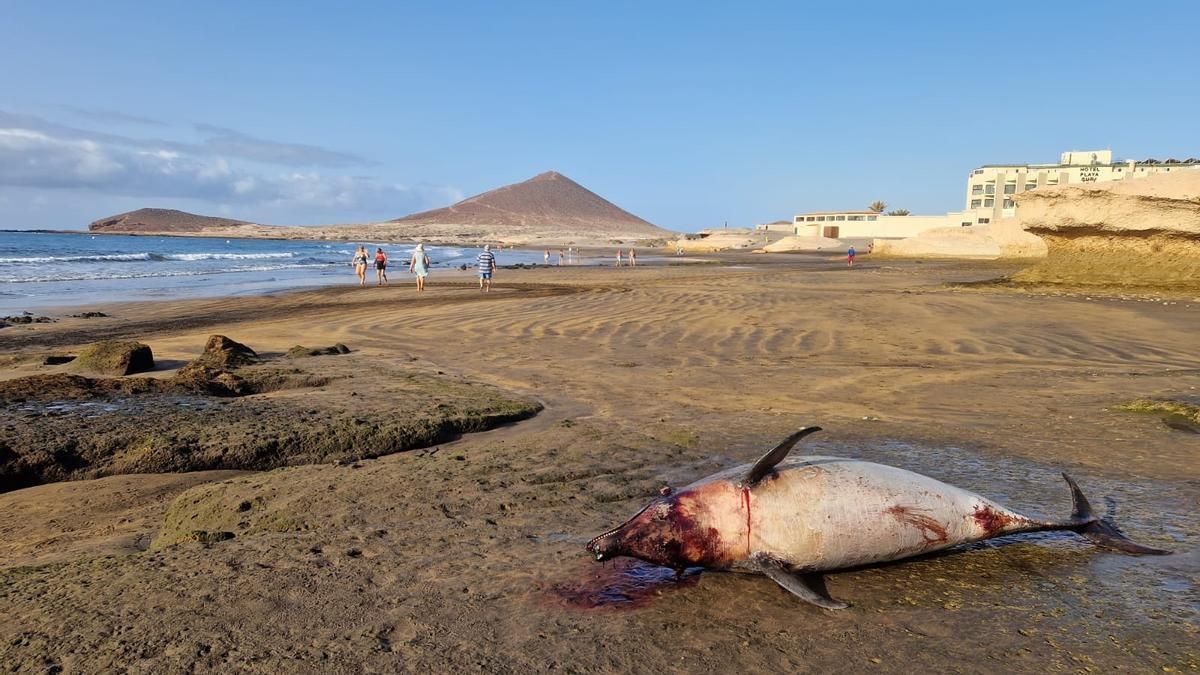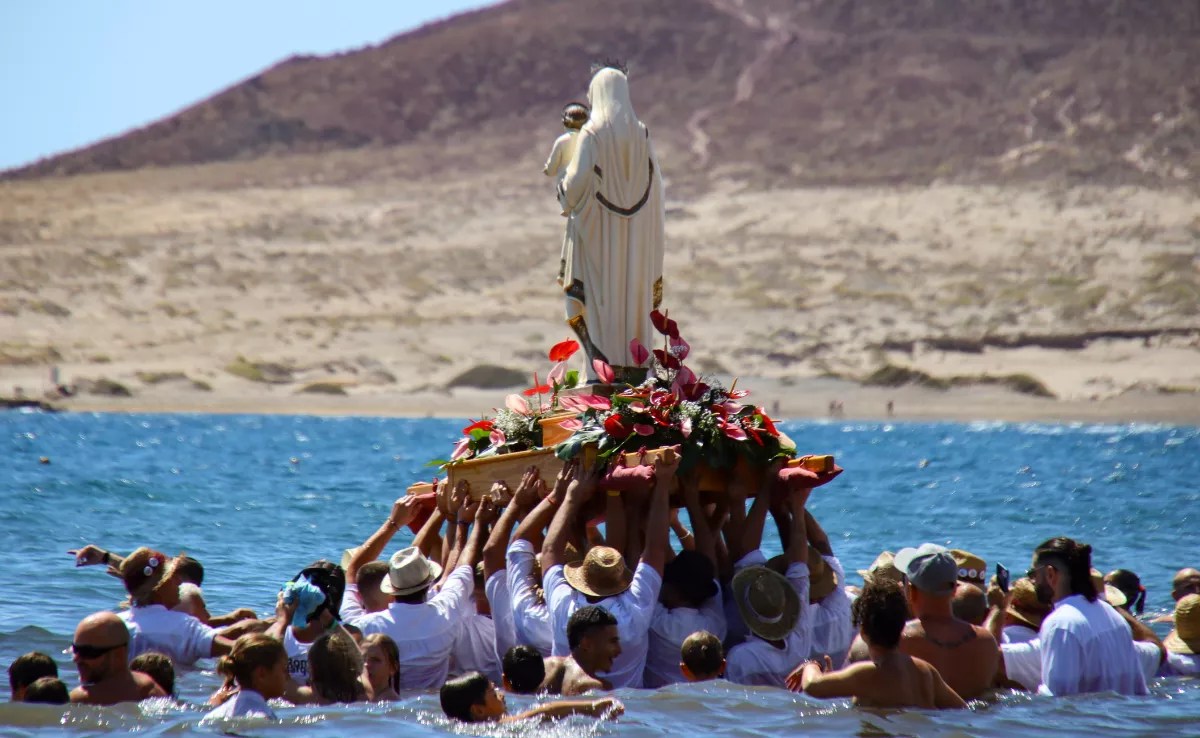On May 21, the body of a female sperm whale measuring 9.8 meters and weighing 8.4 tons was found on the coast of Fasnia, southeast of Tenerife. According to preliminary autopsy results conducted by the Institute for Animal Health and Food Safety (IUSA) of the University of Las Palmas de Gran Canaria (ULPGC), the cause of death was a severe cranial trauma, resulting from a clean cut more than two meters long on the animal’s head.
Forensic data suggest a collision as a possible source of the impact, which would have caused an almost immediate death.
Forensic Analysis: A Quick and Violent Death
The necropsy was performed at the facilities of PIRS (Industrial Park of Granadilla), with the collaboration of the Environmental Service of the Cabildo of Tenerife and the Stranding Network of Canarias (Red Vigía) of the regional government. The procedure lasted more than six hours and was conducted by 13 specialists, including veterinary pathologists, imaging technicians, and those responsible for the biological study of stranded cetaceans.
During the analysis, a sagittal cut was detected on the head affecting the melon—a key structure in the echolocation of cetaceans—and completely fracturing the back of the jaw. The tissues showed cellular reactions compatible with an intravital trauma, meaning it occurred while the animal was still alive.
This specimen, a young adult female in good bodily condition, had been dead for 24 to 36 hours at the time of examination. It also showed signs of scavenging in the mouth and tongue, likely due to the action of other animals or the process of handling the body after discovery.
Another Sperm Whale and Several More Cetaceans Found in a Few Days
On the same day the first specimen was found, another sperm whale was spotted floating in the same area, though it could not be recovered. Eight days later, remains in an advanced state of decomposition were found, which might belong to this second animal. Due to its deterioration, a complete necropsy was not possible, though genetic analyses have begun to confirm its identity and possible relation to the first specimen.

Archive image of the body of a dolphin found in El Médano. / ED
In the past ten days, there have been seven stranded cetaceans recorded in the archipelago’s waters, including sperm whales, a beaked whale, a pygmy sperm whale, a pilot whale, and a dolphin. At present, the deaths of these other animals point to natural causes, according to experts.
Collision or Natural Cause? The Importance of Not Jumping to Conclusions
The IUSA insists on the need for complete necropsies to accurately determine the cause of death. They note that the presence of blood or external wounds does not necessarily imply a collision with a vessel, as processes like predation, scavenging, or subsequent handling can result in similar signs.
They also emphasize that not all trauma is caused by propellers, so rigorous forensic analysis is required to avoid speculation.
Call for Coordinated Action
The report highlights the need to act with calm and professional rigor in these episodes. Various public and private entities have called for strengthened surveillance and improved coordination to mitigate the effects of these deaths on marine biodiversity.
Experts call for a synergistic and sustained response to advance knowledge and protection of cetaceans in the archipelago’s waters, a region considered strategic for the conservation of marine mammals in the Atlantic.














